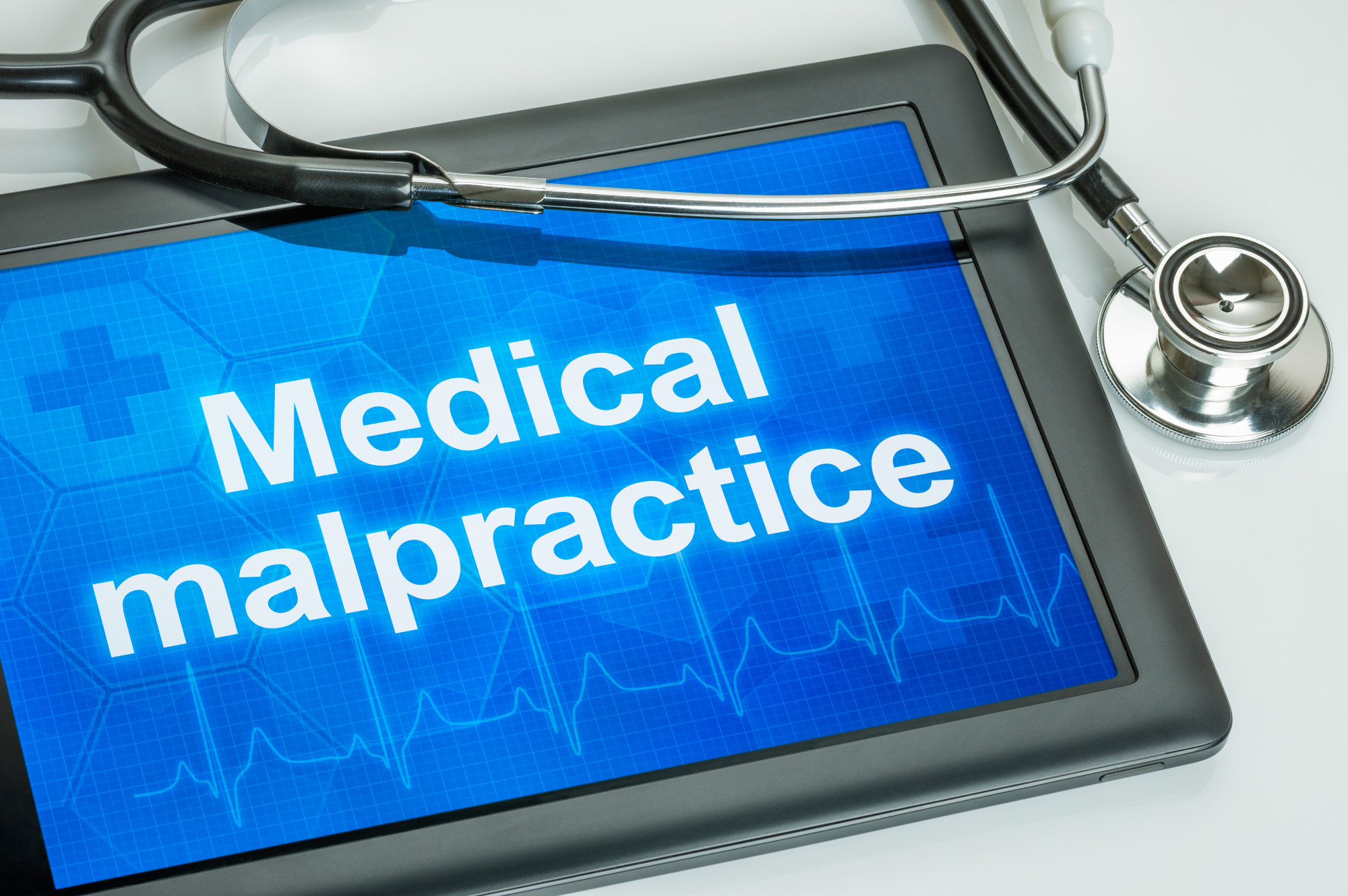All doctors swear to do no harm, but not all doctors live up to that promise.
That’s a terrifying thought. After all, we entrust our doctors to make informed decisions to protect our health, decisions that we don’t have the medical knowledge to make on our own.
Unfortunately, not all doctors make the right call, and that has serious consequences for their patients. Here are five common examples of medical malpractice to watch out for.
Table of Contents
1. Misdiagnosis
After years of medical training, you would think that doctors would know how to properly diagnose a condition.
And yet, 12 million Americans are misdiagnosed every single year.
Commonly misdiagnosed conditions include a few things you’ve heard of, such as:
- Cancer
- Heart attacks
- Stroke
- Thyroid conditions
- Lyme disease
- Celiac disease
- Pulmonary embolism
What often happens is that your doctor diagnoses you with one condition when you actually have another. For example, diagnosing the flu when you really have Lyme disease. However, misdiagnosis also includes failure to diagnose.
Either way, the consequences of incorrect or absent treatment can significantly alter the course of your illness and recovery. Some conditions may be allowed to get significantly worse simply because a doctor failed to diagnose it properly the first time, changing your treatment options and recovery chances.
Imagine what would happen if your doctor misdiagnosed cancer, and that cancer was allowed to progress while you were treated for a condition you didn’t have.
2. Delayed Diagnosis
Another common issue in medical malpractice is delayed diagnosis, which is closely related to misdiagnosis.
This usually occurs when a doctor misdiagnoses or fails to diagnose a condition. The condition is allowed to worsen in the meantime, with detrimental consequences for the patient’s health–especially for severe health problems like cancer.
In order to prove misdiagnosis or delayed diagnosis is negligence, you have to prove:
- That a doctor-patient relationship existed
- That the doctor did not provide care that an equally-qualified, reasonably competent doctor would have in the same circumstances
- The doctor’s negligence directly resulted in injury to the patient
- That injury resulted in legal damages for which the patient can sue
This can be somewhat tricky in cases like cancer. If, for example, a patient dies of cancer and their doctor’s diagnosis was delayed, it can be difficult to prove that their death was the result of the doctor’s negligence as opposed to cancer.
This is why it’s important to work with personal injury lawyers to help guide you through the process.
3. Medication Errors
It’s scary to think that 64.55% of nurses have made medication errors in the course of their careers. This is actually one of the most common mistakes made by new nurses.
And yet, the patients are the ones who suffer the consequences.
However, doctors and other medical professionals can be liable for medication errors just as much as nurses. Determining responsibility is typically a question of where the medication error occurred and what type of error it was.
Common medication errors include:
- Irresponsible prescribing
- Inaccurate prescribing
- Over-prescribing
- Writing incorrect or illegible prescriptions
- Dispensing the wrong drug, the wrong strength, the wrong components, the wrong packaging, etc.
- Taking the wrong dose, the wrong frequency, the wrong duration, etc.
- Poor monitoring of medication therapy
- Failure to consider a patient’s medical history when prescribing medication
- Failure to account for allergies when prescribing medication
Doctors are typically liable for errors in the prescribing process. Nurses and the hospitals employing them are typically liable for errors during administration.
4. Surgical Errors
Some of the most obvious incidents of malpractice are surgical errors. That’s a frightening thought, considering that you’re unconscious and being cut open to have your internal organs and muscles exposed. This is a delicate process, which is why surgeons undergo nearly 10 years of training to learn how to do it.
And yet, more than 4,000 preventable surgical mistakes occur each year.
Common surgical errors include:
- Operating on the wrong part of the body
- Operating on the wrong patient
- Performing the wrong procedure
- Using nonsterile surgical equipment
- Failure to control bleeding
- Leaving medical equipment inside a patient
- Improper care before or after surgery
- Unsafe procedures during surgery resulting in significant harm to the patient
Surgical errors usually happen due to:
- Incorrectly reading the patient’s chart
- Neglecting to review medical instructions
- Clearing a patient for the wrong surgery
- Incompetence
- Improper work processes
- Poor preoperative planning
- Poor communication
- Fatigue
- Neglect
- Drugs/alcohol
Sometimes the mistakes are minor, an unpleasant experience that will eventually become an interesting story. But sometimes, the consequences of these errors can affect a patient for the rest of their life.
5. Anesthesia Errors
Many people spend more time worrying about surgical complications than anesthesia. But there’s a reason why anesthesiologists are highly trained specialists whose sole job is administering anesthesia.
Anesthesia is highly risky regardless of the surgery, which is why surgeons don’t administer anesthesia. Think about it — you’re receiving drugs that will knock you unconscious, prevent you from feeling the pain that would otherwise wake you up immediately, and keep you unconscious while doctors cut you open.
There’s a significant risk, for example, that anesthesia could lower your breathing rate so much that you simply stop breathing altogether. Too much anesthesia can easily result in significant brain damage or death, as well as major internal damage if your anesthesiologist fails to properly monitor your vitals.
In many ways, anesthesia errors are more dangerous than surgical errors simply because it’s quite easy for a minor mistake to cause serious brain damage.
See Yourself in These Examples of Medical Malpractice?
If you recognize your own story in these examples of medical malpractice, the first thing to do is take a deep breath. Don’t panic. There are ways of handling the issue, no matter how large the mistake.
Get in touch with an attorney right away. While a lawsuit can’t erase the consequences of a doctor’s mistake, it can provide you with an easier road to recovery, and every little boost matters.
Need more tips to take charge of your health? Make sure to check out our blog for more.



















